With vocals being the central and the most memorable part of a song, it’s no wonder most producers want to sample it and use it in their remixes. Since we often do not have access to multitrack stems, we have to isolate vocals, which is not always easy manually.
In this article, I’m going to show you how to sample vocals from a song and give some useful tips on how to isolate vocals with minimum corruption of the source sound.
Let’s dive right in!
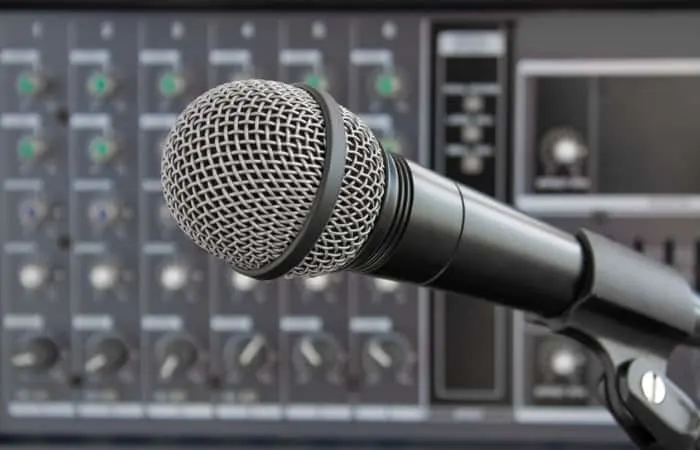
Things You’ll Need:
- Any EQ with Mid/Side function
- Audacity Melodyne 4 or 5
- Izotope Music Rebalance
Step 1: Choose The Right Song To Sample
The ultimate goal is to be able to sample any vocal from any song. However, your success will depend highly on how you want to use that vocal sample. For example, if you need a vocal hook that’s going to be played on top of a dense arrangement, you can make it work even with a poor quality sample since it’s going to compete with lots of other sounds anyway.
On the other hand, if you want to use the vocal sample as a lift right before a bass drop, you want to have something pretty clean. Any flaw will become painfully obvious.
There are ways to isolate a vocal even when a whole lot is going on in the background, but if you want to make sure you get the best possible quality, knowing what to look for can really pay off.
Ideally, you’d want to choose a part of the song that is really sparse in terms of instrumentation. These moments usually occur in the intro, bridge, or outro. I’ve found that the bridge right before the last chorus typically gives me the best opportunity to get nice, clean isolation. Most of the instruments are muted so that the last chorus can explode, and you are most frequently left with a synth pad and voice.
Otherwise, try and look for an acapella version of the song. With the rising popularity of video games like Rock Band and Guitar Hero, we now have access to multi-tracks of hundreds of popular songs. By “access,” I don’t really mean you are free to commercially use it in your productions, as using copyrighted material is technically illegal.
You’d still need to get the samples cleared, but none’s stopping you from experimenting and having fun with it in your own studio. By either buying the game or easier still, searching through YouTube, you’ll find tons of high-quality vocal tracks.
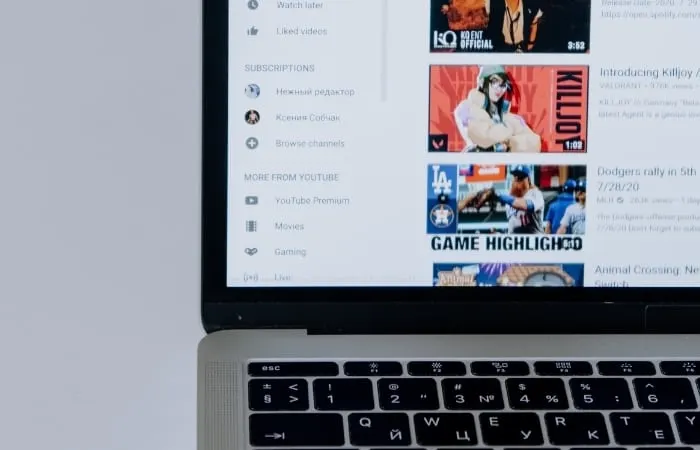
If you are a fan of older music, you may get lucky with the vocal. Many songs recorded during the early stages of multi-track recording (the ’50s and ’60s) have the vocal track either completely panned opposite to the instrumental or panned just enough so you can only slightly hear the bleed from the opposite channel.
Step 2: Choose an Appropriate Isolation Method
Let’s start with the least demanding (on your brain and your wallet) methods and discuss how this scenario works.
Using An EQ To Isolate Vocals
So, you’ve successfully found a sparse part of the song with a simple synth pad and a vocal, so what do you do from there? The next thing to pay attention to is where the parts are located in the stereo image. You’ll usually have vocals panned to the center with the synth panned to the sides. This doesn’t necessarily have to be the case, but in most situations, it will. Once you’ve determined the position of the parts in question, it’s time to perform some Mid/Side EQ trickery.
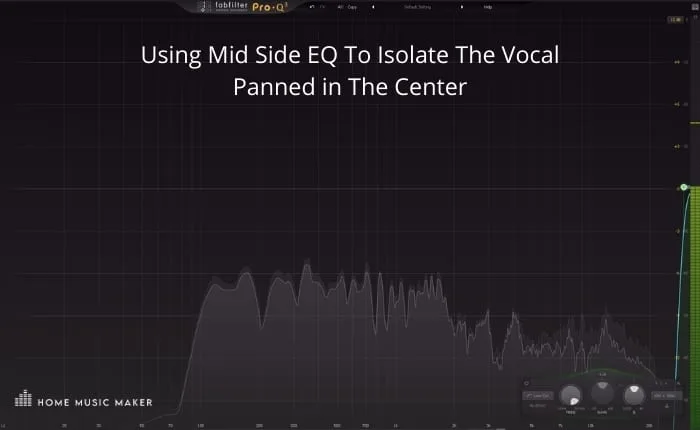
Set your high-pass filter to the “Side” mode (this will be different for every EQ plugin) and filter out everything from that channel. Hopefully, you’ll be left with only the vocal panned in the center. In a reversed situation, where the vocals are panned to the sides, you’d perform the same EQ move with the band set to “Mid” mode, but there’s one extra step to it.
Removing all of the information from the middle will result in your sides being completely out of phase. You might not notice it in the stereo playback, but a downmix to mono will result in a complete cancelation, so you’ll hear nothing. To combat this, simply reverse the polarity on one of the channels.
We’ve already discussed how many old recordings are perfect for isolating vocals since they have the vocals panned opposite from the instrumental mix. Using EQ, we can easily achieve this. Instead of Mid/Side mode, we want to choose Left/Right mode. From there, you can either filter out the channel which doesn’t contain vocals or, better still, turn the pan knob all the way to a place where the vocals are. Now you can enjoy sampling John Lennon to your heart’s content.
Vocal Isolation With Audacity
Audacity is free software that has some impressive features. One of those is the ability to remove vocals or isolate them. As with the EQ method, having sparse instrumentation will make Audacity give you a much better result. You could, in theory, extract a vocal even from the dense parts, but it probably won’t sound all that impressive. This method only works if the vocal is panned straight to the center of the stereo image.
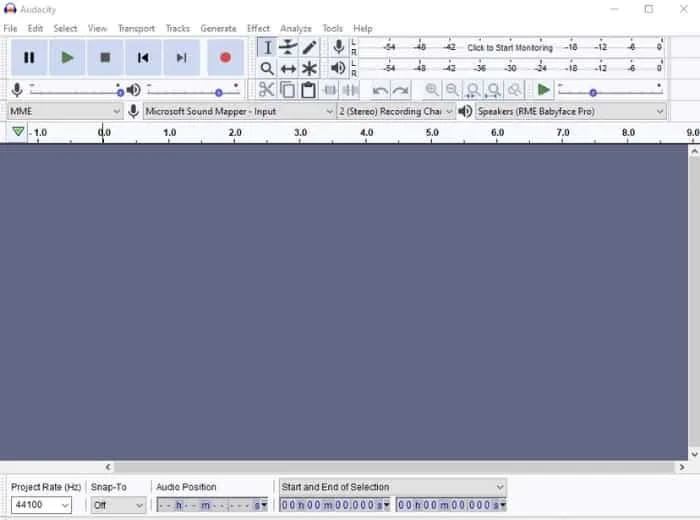
You shouldn’t expect to get a 100% clean vocal. There will be artifacts from the reduction process, and most likely even some background music, although significantly reduced in volume. What further complicates things is that most vocals are not absolutely in the center only. Reverbs and delays are most prominently featured in the side channel, so reverberating vocals will cancel out some frequencies and make things sound a bit odd.
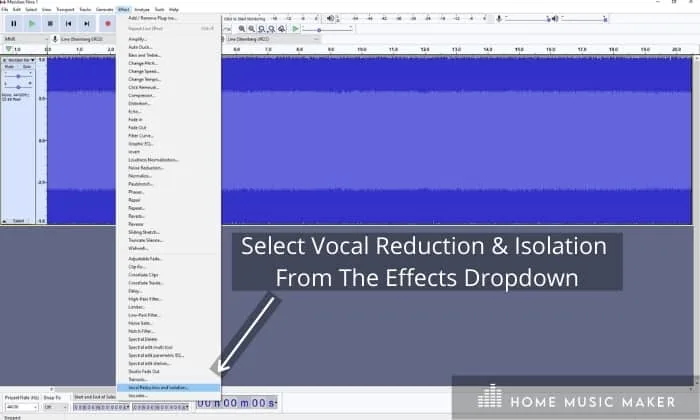
Once you select the area you want to extract the vocals from, go to the “Effects” tab and select “Vocal Reduction and Isolation.” In the pop-up window, select “Isolate Vocals” under the Action tab and click “OK.”
All in all, this method can work great under particular conditions. Otherwise, the results won’t be what you expect from a vocal isolation plugin, but it could still be usable if you process the sample further and mix it somehow to fit the context of your remix.
Isolating Vocals With Melodyne
Now we are tapping into more advanced and pricier options. Melodyne is a mighty software mostly used for pitch correction, but it can do so much more. One of its less-used features is the ability to delete notes we do not want manually.
It’s important to note that this won’t work in situations where many instruments are playing simultaneously; removing too many notes will result in some major degradation of the audio file plus; it would be very labor-intensive. Also, you want to stay away from having another instrument doubling the vocal melody as it can completely ruin the sound of isolated vocals.
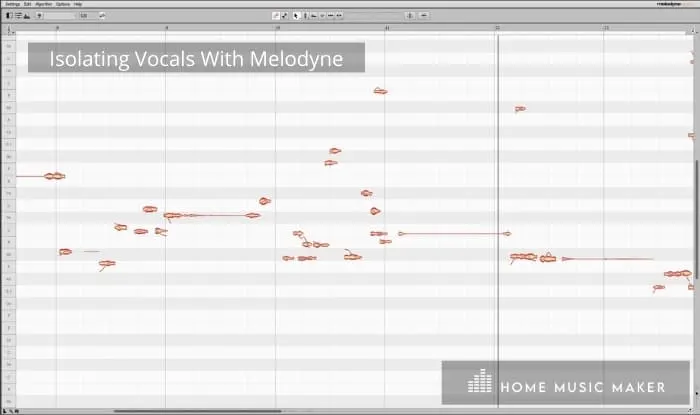
It’s a good idea to figure out the range and the actual notes of the vocal line. After that, you can delete all the notes not belonging to the melody. Vocal notes are usually found somewhere in the middle of the vertical spectrum. If you click and hold the note, you can even audition it and hear which instrument it belongs to, so you can make a better decision about whether to delete it or not.
Again, this method works best under particular conditions, but there’s so much potential to tweak the part until it sounds just right. It’s well worth checking out various tutorials and getting familiar with this software to do wonders in the right hands.
The also offer a free 30 day trial with the software, so check it out!
Isolating Vocals With Izotope Music Rebalance
Izotope Music Rebalance is the ultimate tool when it comes to isolating vocals. This software works amazing under pretty much any circumstance. It has a straightforward UI that does a fantastic job with a simple fader drag.
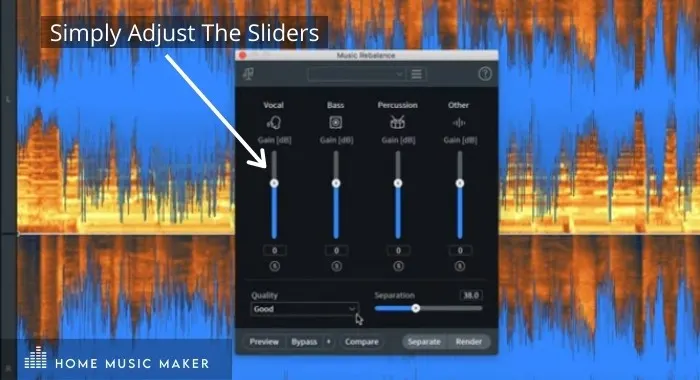
You have the option of changing the volume of drums, bass, vocals, and whatever else is present in the mix. Once you insert the plugin on the track you want to isolate, you can move the dedicated fader for the vocals and judge how much you’ll need to boost it.
However, a single boost of vocals probably won’t be enough. The key to achieving maximum isolation is to load multiple instances of the plugin and either boost the vocals each time until you can no longer hear other elements or turn down everything else except vocals. I’ve found that after boosting the vocals a couple of times, turning down the drums all the way gets me to a place where the sample can be used in any situation, even in parts where it would be completely exposed.
I’m not entirely sure what happens under the hood, but it sure does sound like magic. I’ve never heard any other software do such a good job, even in the most crowded parts of the song. On sparse parts, you can expect a complete separation of voice that sounds like a multi-track stem. You can still get a pretty clean vocal sample in a dense part, although some minor artifacts will be present that can be reduced in the mixdown.
Isolating Vocals With Adobe Audition
Another great tool you can use is Adobe Audition, that also offers a 7 day free trial..
Again your success with isolating vocals from a song will vary on how the song was originally mixed, and you’ll achieve the best results if the vocals have been panned to either side.
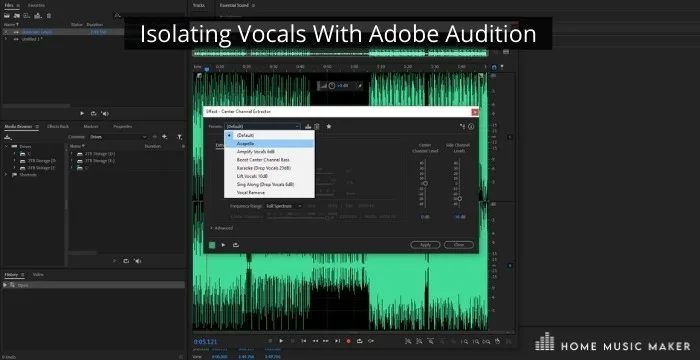
First, isolate the vocal, find the Effects tab, select Center Channel Extractor, and then choose Stereo Imagery. Begin by selecting the Acapella preset, and change the Extract parameter to Custom.
Select the region of audio you wish to isolate and begin playback with the effect open. Then use the Power button to temporarily bypass the effects so you can see the differences.
Phase Angle and Pan parameters should be adjusted to minimize the instrumentation and bring out the vocal, and the Frequency Range is useful for reducing some of the low and high ends.
The Extraction and Discrimination tabs include other parameters such as Crossover Bleed and Phase Discrimination that can be adjusted to your liking.
Sometimes there isn’t a perfect solution when isolating a vocal, and at times some artifacts of other sounds can remain, but these can always be minimized in a mix.
Step 3: Use Your Samples In a Fun And Creative Way
Now that you have the isolated vocal that you need, you can use it in various ways. You can do vocal chops and come up with unique rhythmic patterns, put it through effects like distortion, chorus, or delay and even come up with a completely new harmony part and make a new song out of it.
Even though I have advised against taking the risk and releasing music with copyrighted samples in it, there are ways to process the sample so drastically that it ends up being a sample of your own. You really want to make sure that it’s changed beyond the point of recognition. Try reversing it, pitching it down, or layering it together with something you’ve recorded yourself. It’s all about having fun, really.
How To Sample Vocals From A Song – FAQ
Where can you find vocals for a song?
YouTube is full of isolated vocals of many popular songs. Alternatively, you can buy a vocal sample pack or search for free vocal samples online.
What are the benefits of using vocal samples?
I’d say that people resonate with vocals the most. I don’t think there’s a major hit that did not have at least a short vocal hook in it, so if you want the listeners to make an instant connection to your music, using vocal samples can be quite useful.
How can you convert a song to karaoke?
With Music Rebalance, you can do the opposite of what is described in this article and perform vocal removal to create a backing track. Simply turn down the vocals as many times as needed for them to be completely inaudible.
Can you sample a song legally?
Sure, however, you’ll need to get in touch with the label (or whoever owns the rights to the particular song you want to sample) and negotiate a deal. The more famous the song, the more money you’ll likely need to spend on getting the rights so it can get quite pricy.
How much of a song can you use legally?
Contrary to popular belief online, you can’t really use even a second of copyrighted material without it being illegal.
Can you sample music if you don’t sell it?
Absolutely; however, you are not allowed to upload it on any platform that can monetize your work in any way. As long as you or anyone else besides the owner of the song isn’t turning any profit, it’s safe to say that you can do whatever you want with it.
How can you remove vocals from a song for free?
Besides Audacity, you can use free online services such as Vocal Remover and Moises. They work quite well, actually.
Final Words
Learning how to sample vocals from other songs is extremely useful in your music production arsenal. From Hip Hop to House music, sampling has played a massive role in electronic music production for decades, and that trend is not going to stop anytime soon.
As mentioned above, you can be creative and completely change the way the vocal sounds and produce a totally original song.
If you’d like to learn more about sampling, then check out this article HERE.


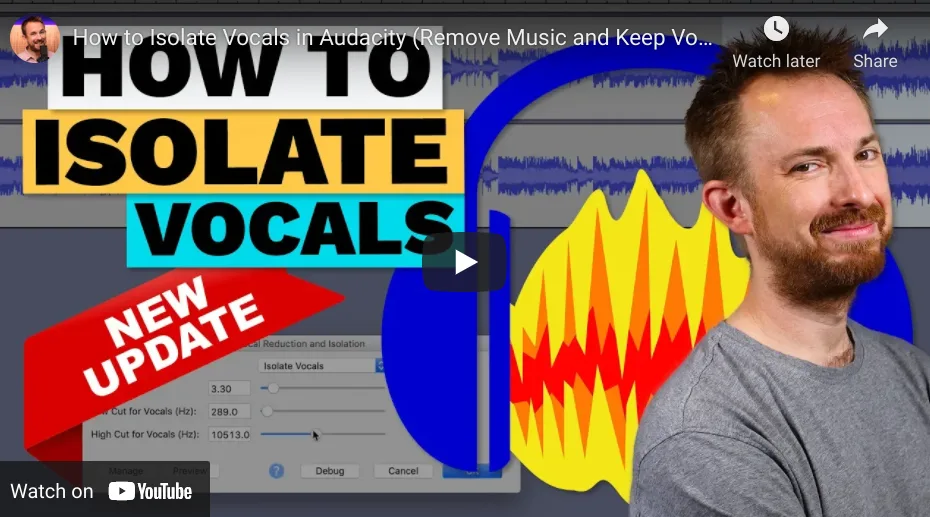
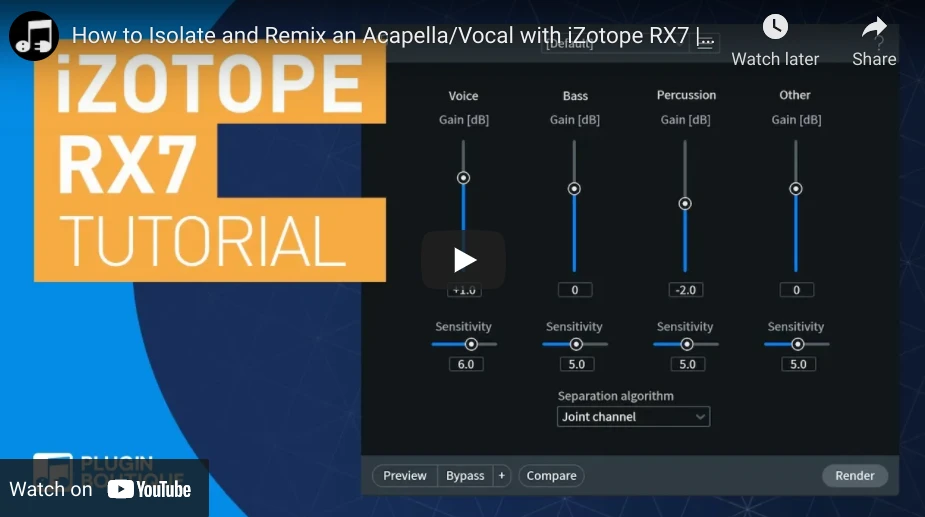
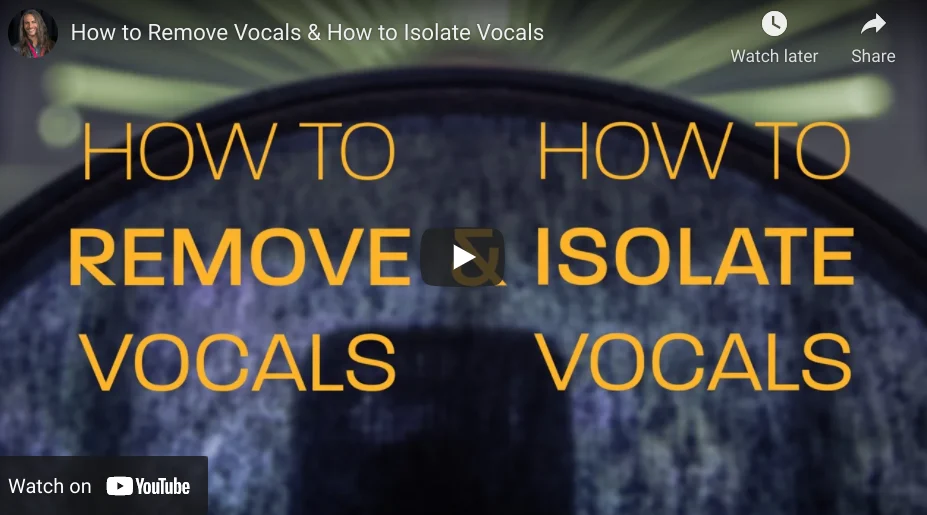
 Want to connect with other music producers for help and guidance?
Want to connect with other music producers for help and guidance?